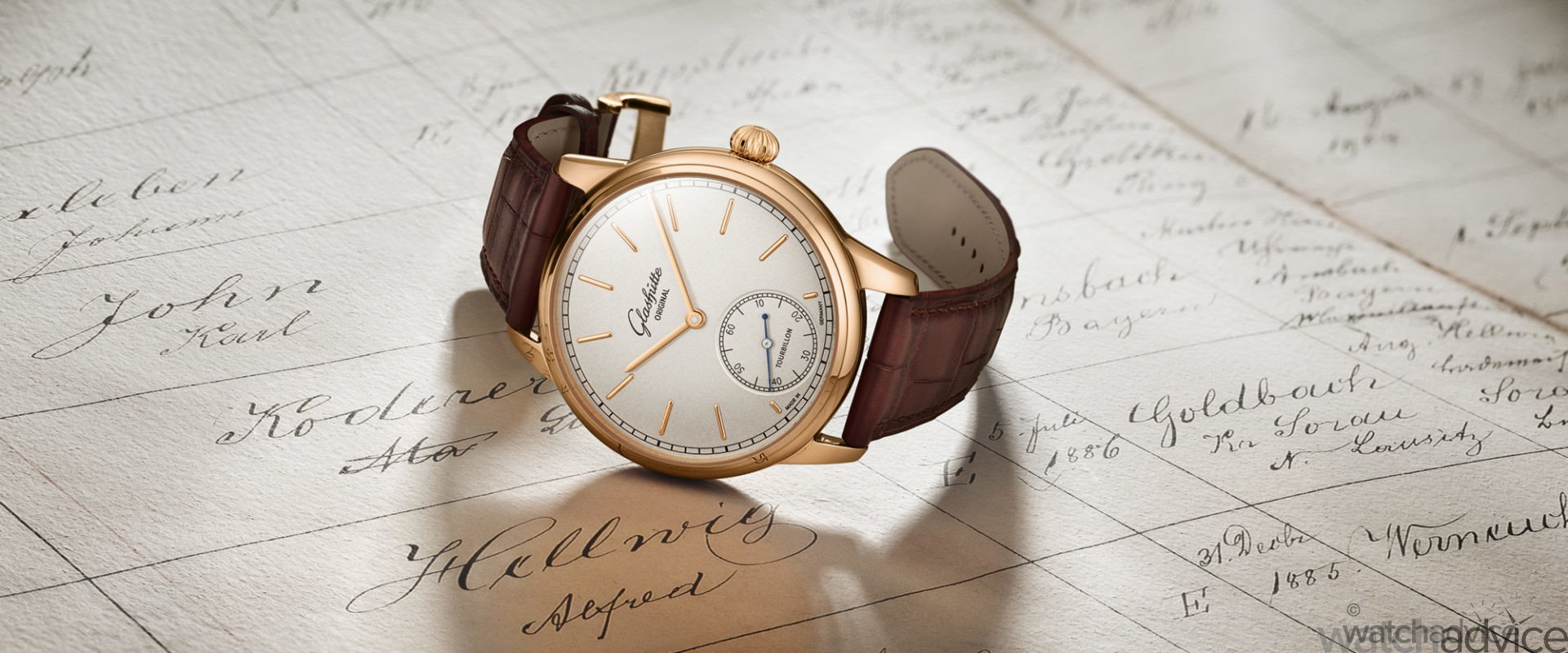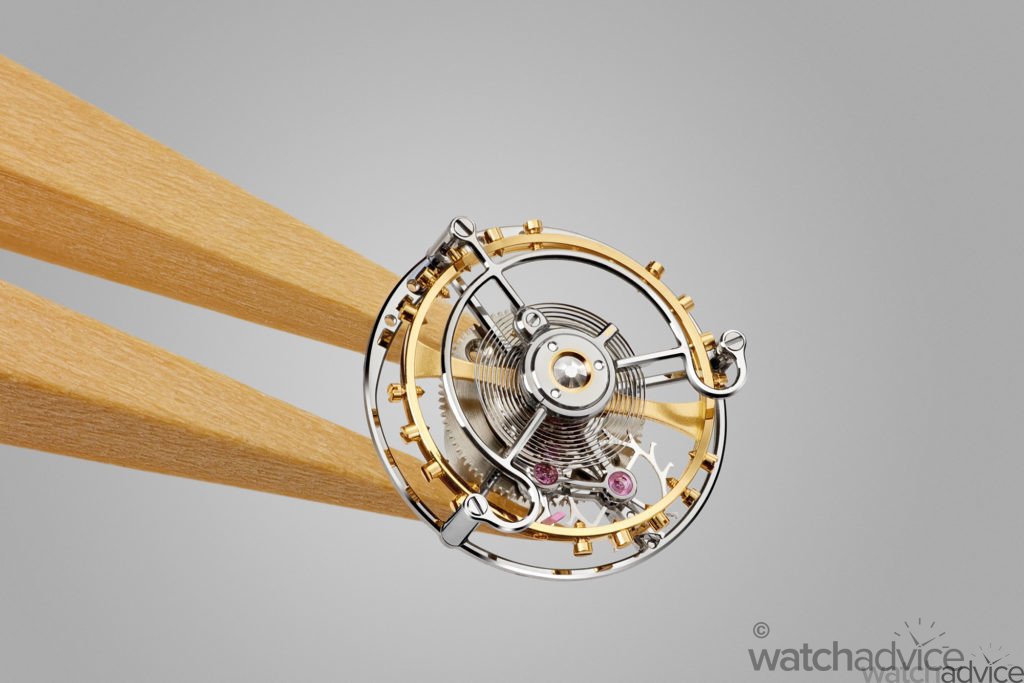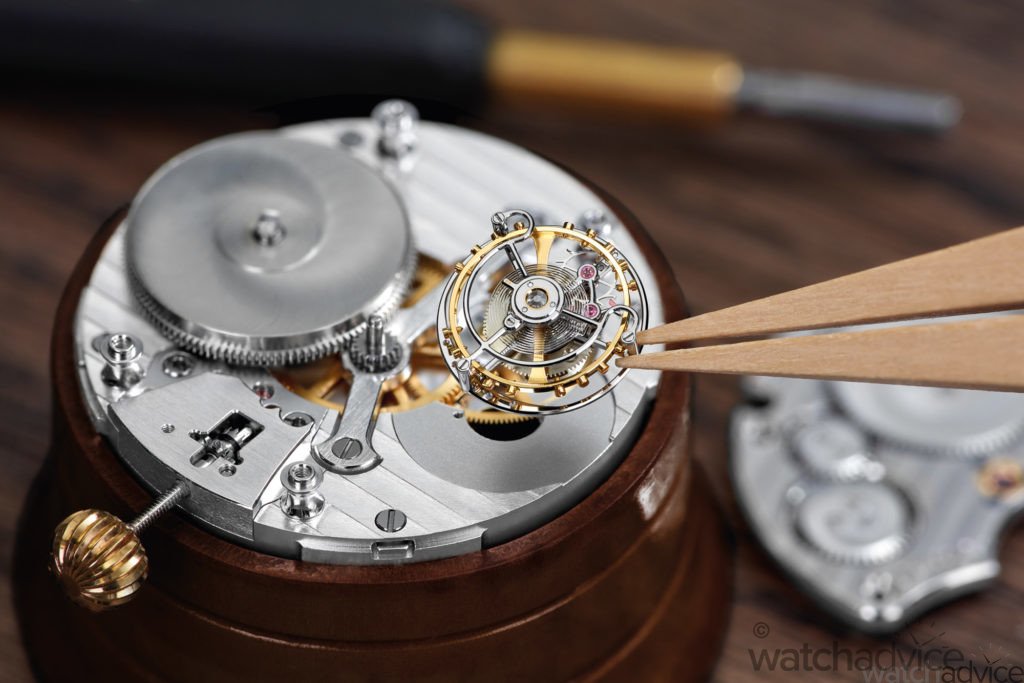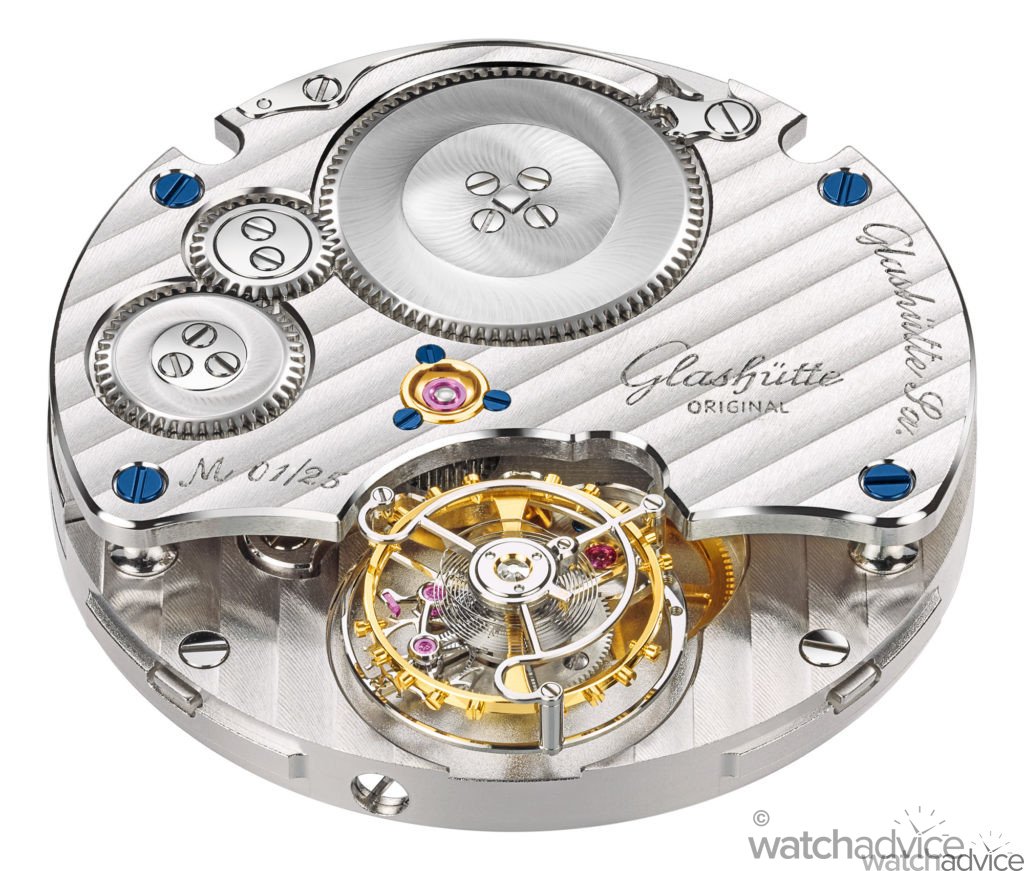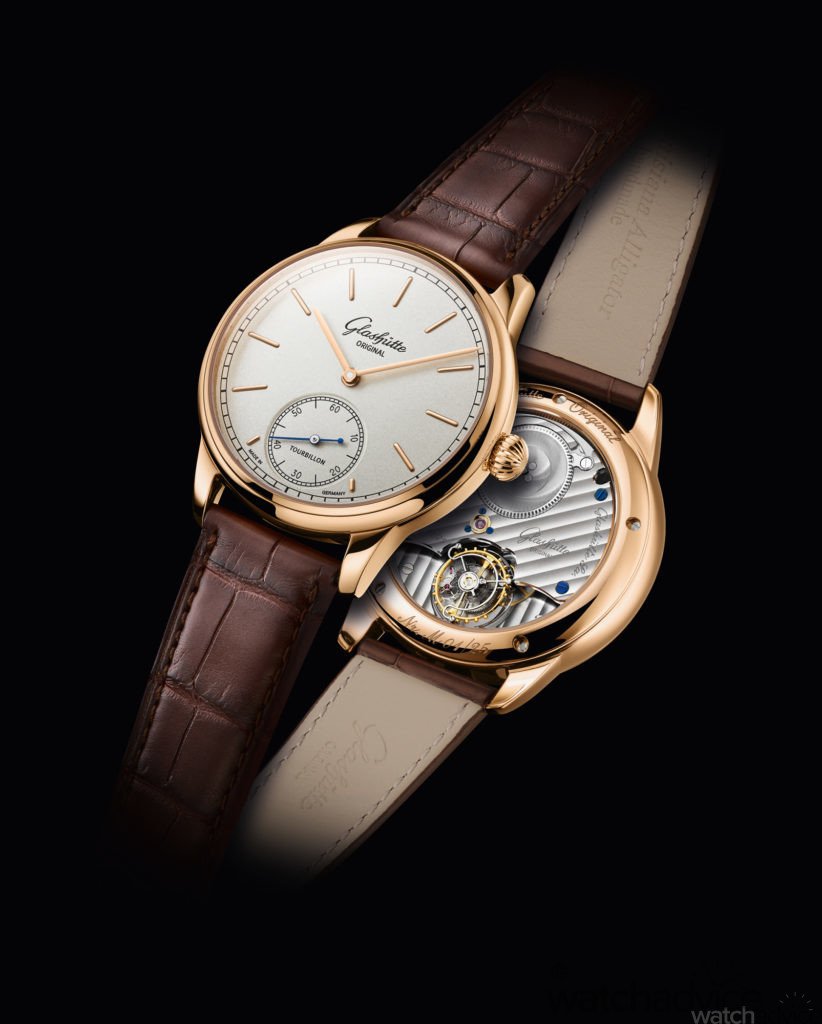Glashutte Original have been pioneering watchmaking and pushing the boundaries in developing in house complex mechanical movements for decades. The German watchmaker was founded in 1994 by the privatisation of the conglomerate formed from the watch companies based in Glashutte. There are no surprises why Galshutte Original now runs the German School of Watchmaking which was founded in 1878 in the centre of this German mountain town. The school today is named after its most famous student and instructor: ALFRED HELWIG.
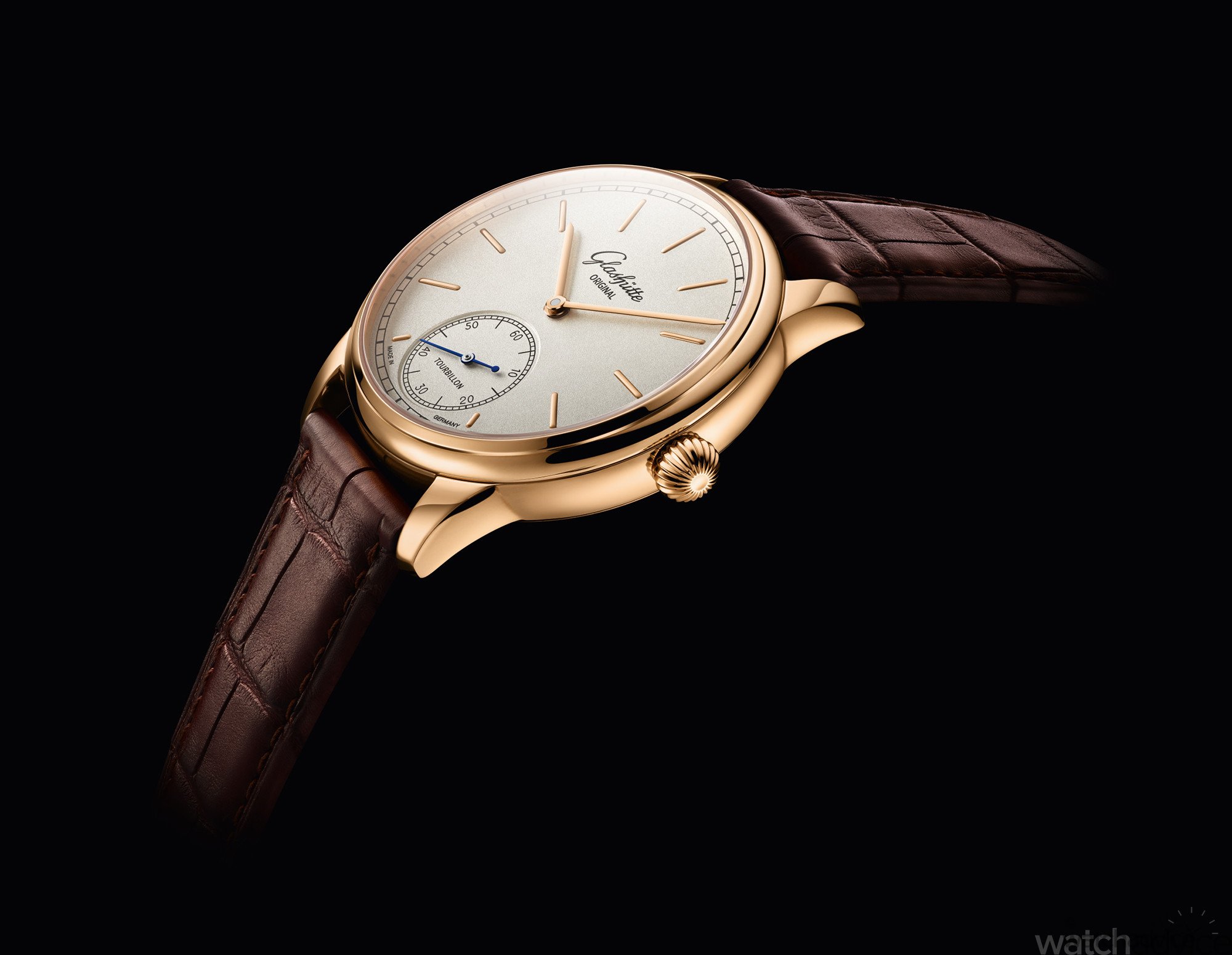
The German Watchmaking School in Glashütte was founded in 1878. Through its training of a great number of master watchmakers, it achieved considerable influence over the art of German watchmaking as a whole. In 1913, at the age of 27, Alfred Helwig was appointed to a position as technical instructor at the famous training institute. There he dedicated himself – together with his master class students – to the development of particularly accurate timepieces featuring cantilevered tourbillons, which Helwig called “rotary gear watches”. From 1920, a series of such watches was developed under his direction and in accordance with his concept. When tested by the German Naval Observatory in Hamburg, the general testing centre for precision clocks and watches, they achieved excellent results. Alfred Helwig taught at the renowned watchmaking school for 41 years, during which he trained more than 800 apprentice watchmakers. His publications remain important reference works for watchmakers, regleurs and watch collectors today. Since 2008 the historic building that once housed the German Watchmaking School Glashütte has been home not only to the German Watch Museum Glashütte, but also to the Historic Workshop of Glashütte Original, whose staff specialise in the restoration and maintenance of valuable timepieces made in Glashütte.
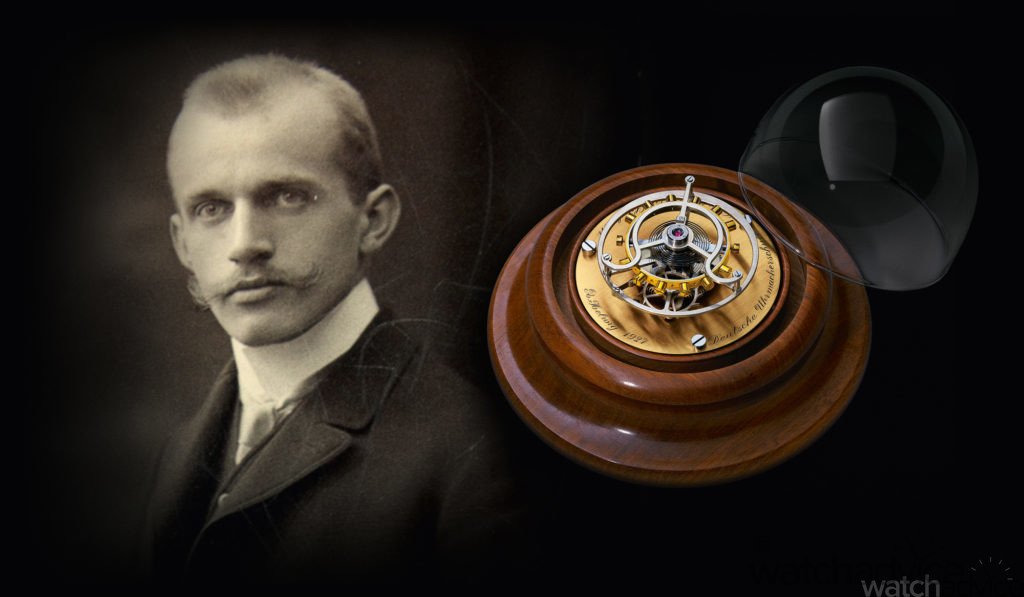
2020 is the 100th anniversary of one of the most sophisticated inventions of haute horlogerie: the design of the Flying Tourbillon by Glashütte master watchmaker Alfred Helwig. In his honour Glashütte Original presents the Alfred Helwig Tourbillon 1920 – Limited Edition, featuring a classic, elegant face. Inspired by historic models built by Helwig and his students at the German Watchmaking School Glashütte, this new interpretation of the “whirlwind” is positioned, like its predecessors, with understated elegance on the reverse of the movement.
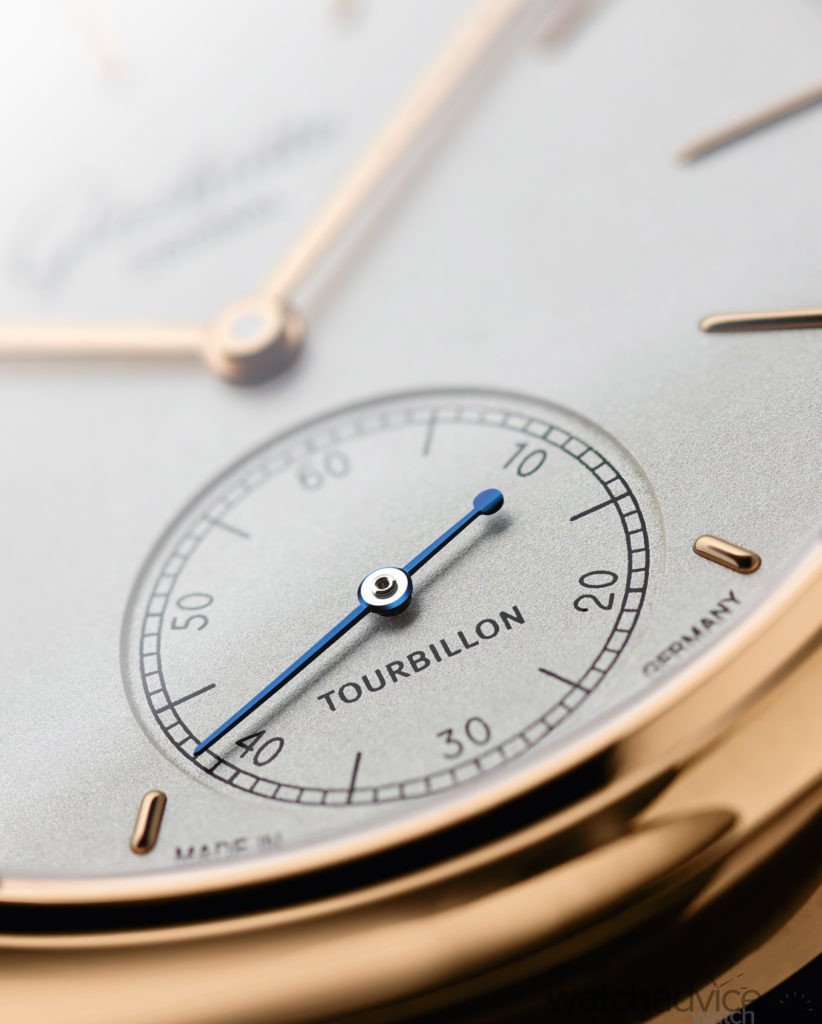
Glashutte Originals’ new timepiece exudes elegance, exceptional craftsmanship and is technically sophisticated. The masterpiece presented in rose gold case is limited to 25 pieces. The dial is fashioned in solid gold and subsequently silverplated by friction. A railroad chapter ring and rod index appliques lend the timepiece an elegant, classic appearance. The filigree baton-style hands in rose gold contribute to the understated look of the watch.
The only indication on the face of the timepiece that says this watch is a tourbillon is the inscription ‘Tourbillon’ which is inscribed in the seconds display positioned at 6 o’ clock. This indication is subtle but makes you go on a look out for where the Flying Tourbillon is hidden. As we mentioned earlier, this exceptional movement is hidden on the reverse of the movement – in keeping with the historic models of Helwig’s era.
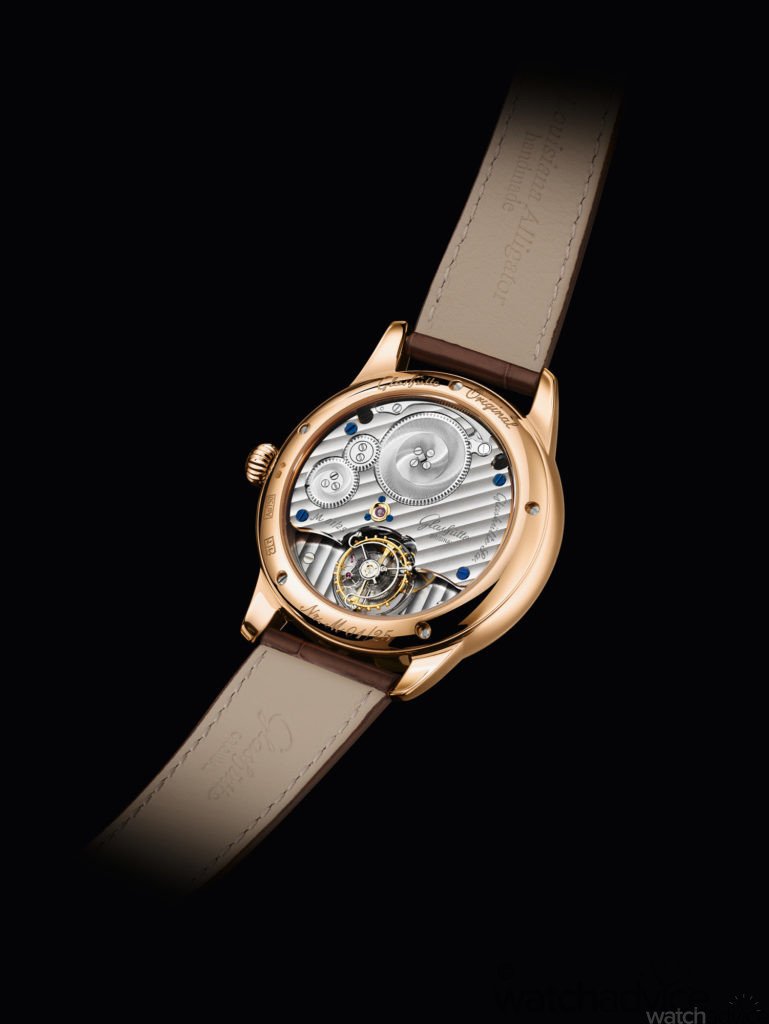
The Flying Tourbillon was developed in Glashütte in 1920 by one of the most eminent of German watchmakers: Alfred Helwig. In contrast to the classic tourbillion anchored on both sides, Helwig’s elegant construction required only a single anchor on the underside, with the result that it appears to be flying within its cage. In an open frame, the balance and escapement revolve steadily around their own axis at precisely 360° per minute. In this way, the tourbillon effectively counters the negative influence of gravity on the rate precision.
This timepiece is powered by the superbly finished Calibre 54-01 manual winding movement, which features a remarkable running time of 100 hours. The eye-catching element on the reverse of the movement is, of course, the filigree Flying Tourbillon. Numerous elaborate decorations and finishes such as the sunburst decoration on the spring barrel cover, Glashütte stripes on the three-quarter plate, blued screws and screw-mounted gold chatons, as well as a great number of polished steel parts, contribute to the fascination of this masterpiece of the Glashütte art of watchmaking. A brown Louisiana alligator leather strap with a pin buckle ensures a secure fit on the wrist.
Alfred Helwig Tourbillon 1920 Specification:
Model Reference: 1-54-01-01-01-01
Case Diameter: 40mm
Dial: Solid gold, silver-plated by friction, with railroad chapter ring and appliques in rose gold
Case: Rose gold, front and back glass in sapphire crystal
Functions: Hour, minute, small second, Flying Tourbillon
Movement: Calibre 54-01 Manual wind
Power Reserve: 100 hours
Water Resistance: 3 Bar


